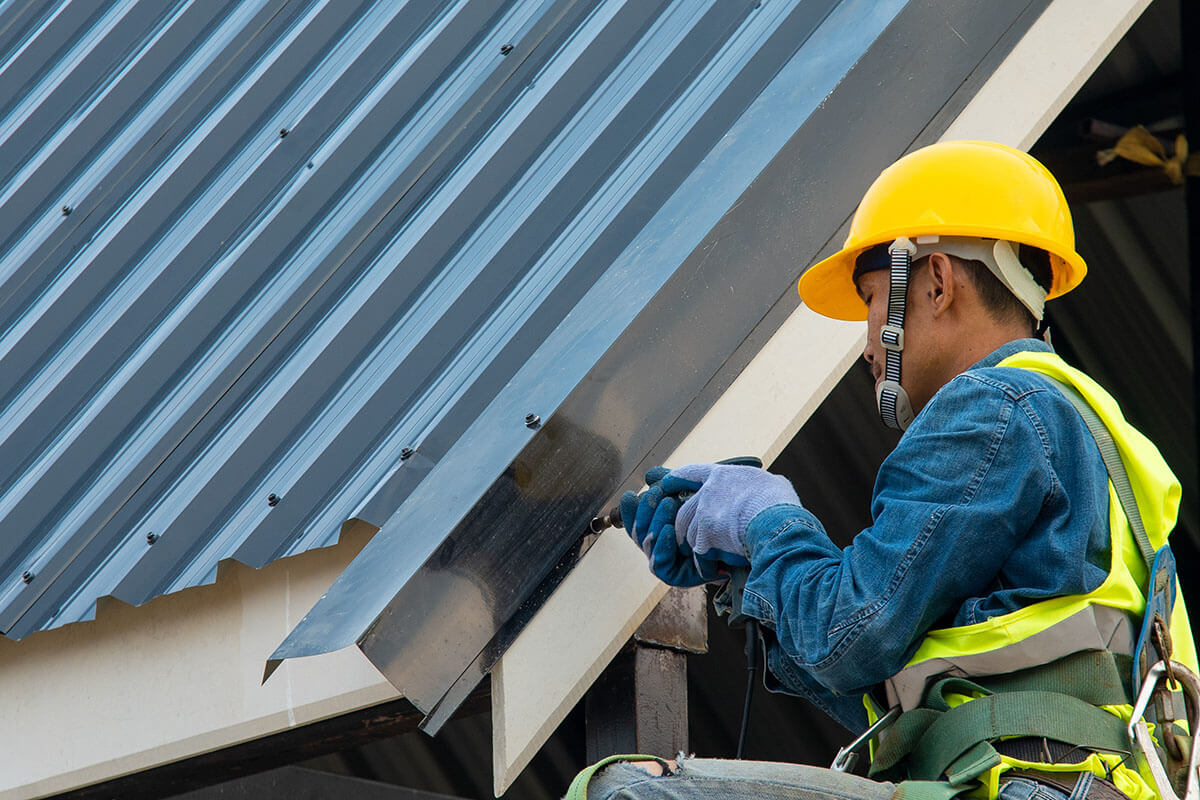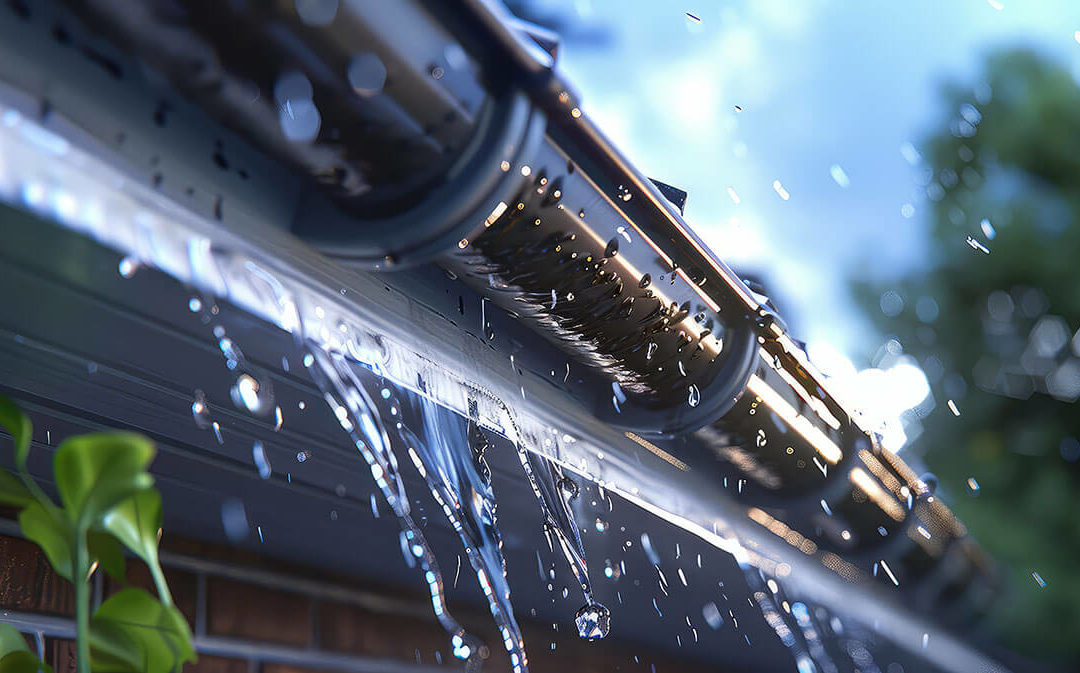The integrity of your home’s roof is inherently linked to the reliability of its various components. There’s one unsung hero in the ensemble of roofing materials that often goes unnoticed but is essential in protecting your home from the tumultuous weather conditions in Penticton, British Columbia – roof flashing. This comprehensive guide is designed to shed light on what roof flashing is and why it holds pivotal importance for homeowners in safeguarding their abodes against water damage, mold, and mildew, and in prolonging the life of their roofs.
What Is Roof Flashing and Why Is It Important?
Roof flashing is a thin, impervious material installed at junctions in a roof to prevent the passage of water into the building structure. It is strategically placed to ensure water tightness around critical areas where the roofing surface intersects with objects such as chimneys, skylights, and vent pipes.
The role of flashing can’t be overstated. In a region like Penticton, BC, where heavy snowfall and occasional storms are common, effective flashing becomes the first line of defense. It keeps rain, snow, and ice at bay, safeguarding your home’s interiors from potential damage while also contributing to the aesthetic appeal of your roof.
Importance of Roof Flashing
Protecting Against Leaks and Water Damage
Flashing acts as a sealant, preventing water from seeping into the crevices that would otherwise be vulnerable to moisture intrusion. Its presence is particularly vital during the thawing season when ice dams can obstruct the flow of melted snow, causing it to back up under roof shingles.
Enhancing Roof Longevity and Structural Integrity
By serving as a protective barrier against water penetration, flashing helps maintain the structural integrity of your home’s roof. It can significantly extend the life of roofing materials and supports, such as rafters, by minimizing exposure to damp conditions that accelerate degradation.
Preventing Mold and Mildew Growth
By serving as a protective barrier against water penetration, flashing helps maintain the structural integrity of your home’s roof. It can significantly extend the life of roofing materials and supports, such as rafters, by minimizing exposure to damp conditions that accelerate degradation.
Types of Roof Flashing
Understanding the specific types of flashing installed on your roof can help you remain attentive to their maintenance needs and recognize potential issues early on.
Chimney Flashing
One of the most critical flashing installations on a roof is around the chimney. This complex area often experiences significant movements due to temperature variations, making continuous sealing vital.
Valley Flashing
Valleys are the slanted areas where two roof planes meet. Valley flashing is crucial here to channel water away efficiently without hindrance.
Step Flashing
Step flashing is used in conjunction with roofing shingles, creating a watertight path as the roof changes elevation. Properly installed step flashing ensures a secure shield against water for the wall beneath the roofline.
Signs of Damaged Flashing
Damaged flashing can compromise the effectiveness of your home’s water management system. Being vigilant for these signs can help you address any issues before they escalate into major problems.
Water Stains on Ceilings
Interior water stains are one of the more obvious indicators that your roof’s flashing may be damaged and allowing water infiltration.
Deterioration of Roof Shingles
When flashing doesn’t adequately protect the underlying roof decking, it can lead to rot and deterioration of the shingles directly above the compromised area.
Presence of Mold or Mildew
If you notice mold or mildew in the attic or along exterior walls near the roofline, it could be indicative of flashing that is failing to seal out moisture.

Benefits of Proper Flashing Maintenance
Investing in the regular upkeep of your roof flashing offers homeowners numerous advantages that extend beyond immediate water protection.
Cost-Effective Roof Repairs
Prompt detection and repair of flashing issues can prevent extensive damage to your roof’s substructure and, ultimately, save you from costly repairs or even a premature roof replacement.
Increased Property Value
A well-maintained roof with proper flashing tells potential buyers that the home has been well-cared-for, contributing to a higher property value and enhanced marketability.
Peace of Mind for Homeowners
Knowing that your roof is properly equipped with functional flashing provides peace of mind, especially during the severe weather conditions that are all too familiar in the Penticton area.
Roof flashing may not be at the forefront of your mind when you think about home maintenance, but it is a crucial element to your house’s structural soundness. In a city like Penticton, where the weather can be unforgiving, the attention you give to the small yet mighty details like flashing can make a world of difference in your home’s resilience.
By arming yourself with the knowledge presented in this post and staying proactive in your roof maintenance, you can ensure that your flashing continues to perform admirably, protecting your home from the elements. Remember, a well-maintained roof is a homeowner’s best defense, and it all starts with the care and attention you give to the most fundamental components, including the often-overlooked but undeniably important flashing.
Contact Us
Nielsen Roofing & Sheet Metal Ltd. in Penticton BC
- Commercial Roofing/Cladding
- Residential Roofing Installation and Repairs
- Custom Metal Fabricating
Follow us on Facebook
